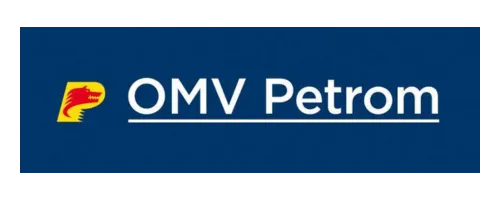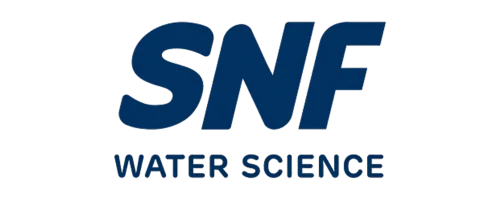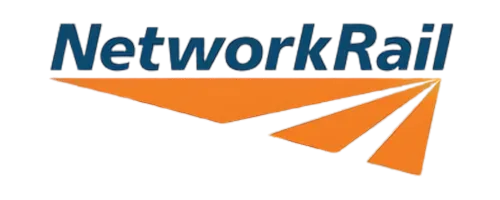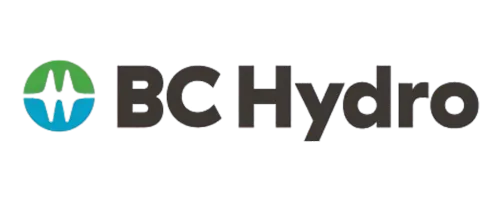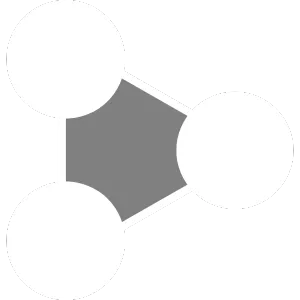Why Major Incidents Still Happen in “World-Class” Operations
High-hazard organisations often have strong compliance records and impressive audit scores. Yet catastrophic events still occur. The gap is rarely a missing rule. It is usually a leadership and systems gap in how work is planned, resourced, and actually carried out under pressure. This is where process safety leadership makes the difference.
IChemE Hazards 35
Peter Neal was a speaker at IChemE’s Hazards 35, on 5 November 2025 in Birmingham. One of the conference themes is the role of executive leadership in managing major hazards, closely aligned to this article. If you would like a copy of his published paper or slide presentation please use the website contact tab.
Complex systems create surprising interactions
In complex sociotechnical systems, performance depends on the interaction between people, plant, and context. Small changes in one area can amplify risk elsewhere. Tight coupling, time pressure, and multiple stakeholders increase the chance of unexpected outcomes.
Leadership implication: move beyond “find the broken procedure” to “understand how the system adapts in real conditions.”
Warning signs are often social, not technical
Before a major accident, there are usually weak signals. These often show up in conversations, handovers, near-miss patterns, or workarounds that staff consider normal. Dashboards may stay green while culture and behaviour drift.
Leadership implication: listen for changes in language and routines. Treat workarounds as data, not disobedience.
From compliance to capability
Compliance creates a baseline. Capability creates resilience.
Capability shows up as:
Frontline confidence to speak up and stop work
Cross-functional alignment on credible worst cases
Leaders visible in the field and curious about “work as done”
Mechanisms to test assumptions under uncertainty
Leading indicators that matter
Move the monthly review beyond lagging metrics. Add a focused set of leading indicators, for example:
Frequency and quality of leadership safety conversations in the field
Proportion of actions from learning reviews closed on time and verified
Velocity of control restoration after an impaired barrier
Near-miss capture rate, with narrative richness rather than just counts
Percentage of critical tasks with pre-job risk discussions observed
Anatomy of a robust learning review
When a near miss or deviation occurs, ask:
What made success possible today despite the conditions
Where the system is too reliant on heroics
Which signals we missed and how to surface them earlier
What we will change in design, supervision, or information flow
What boards should ask this quarter
Where could a single point of failure still surprise us
Which barriers are most often impaired, and why
How confident are we that contractors experience our safety culture as intended
What have we stopped doing because it did not add value to risk control
How Premier Safety Associates Can Help
Our Process Safety Leadership Assessment and bespoke education programmes focus on leadership behaviours, governance, and organisational learning in complex systems. Book Your Complimentary Consultation






